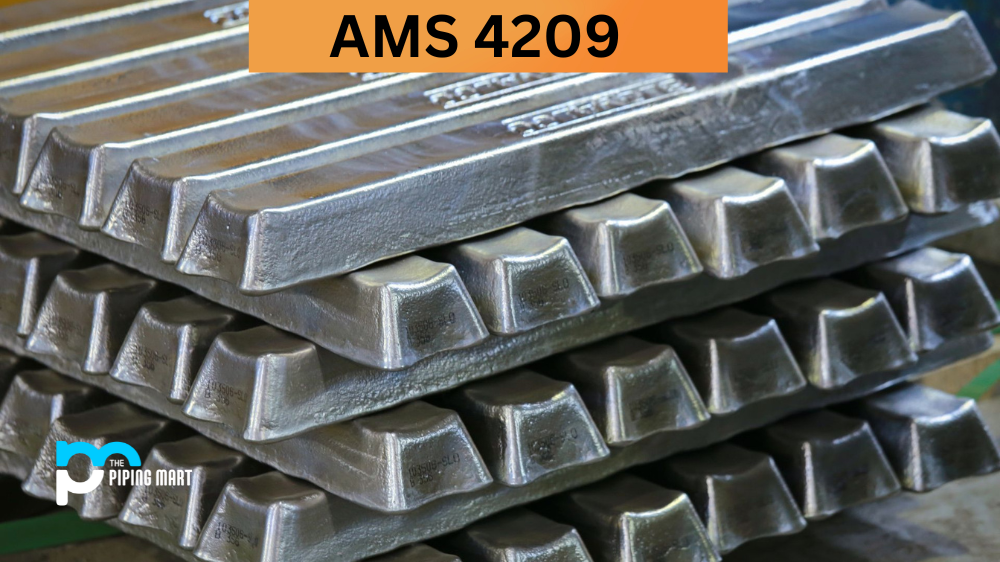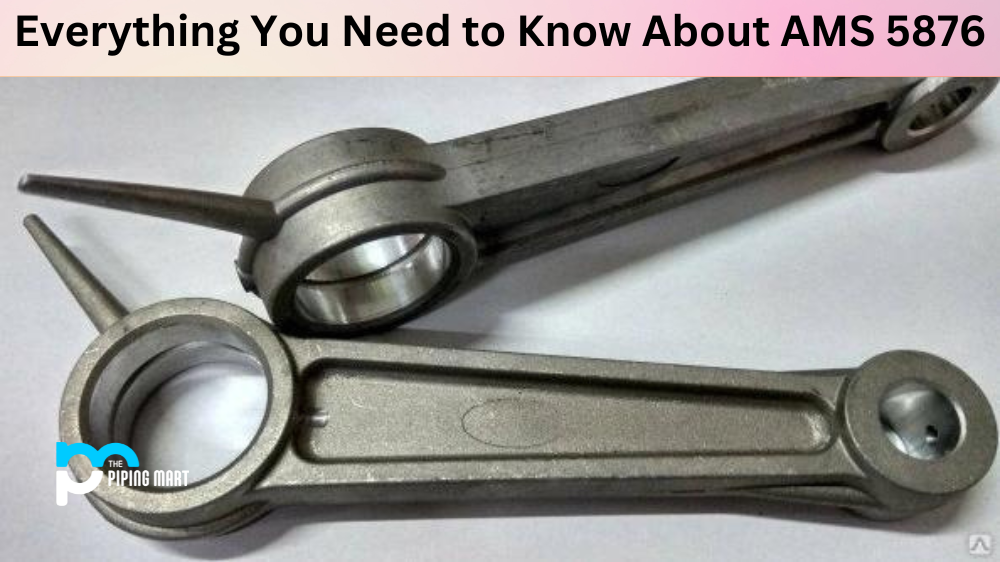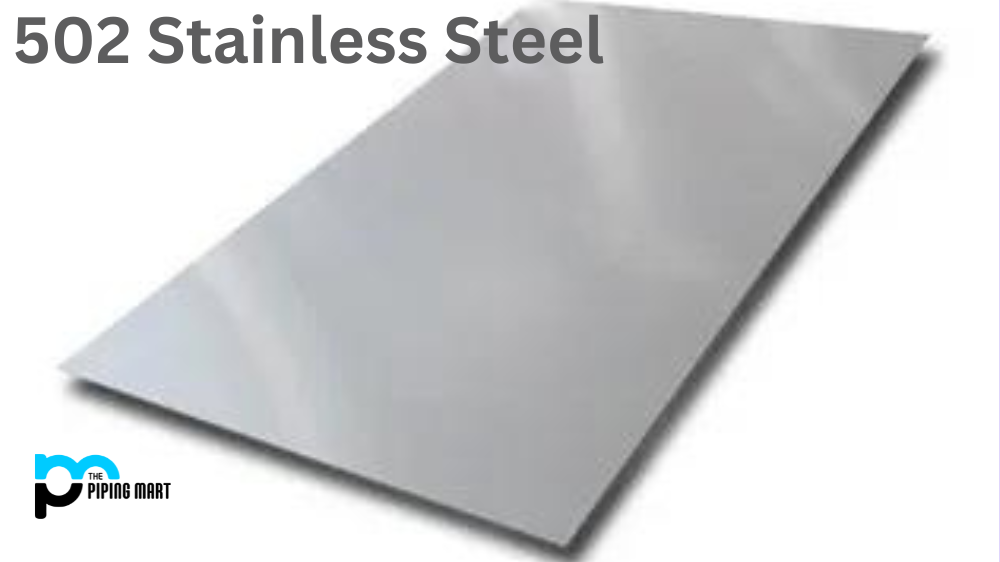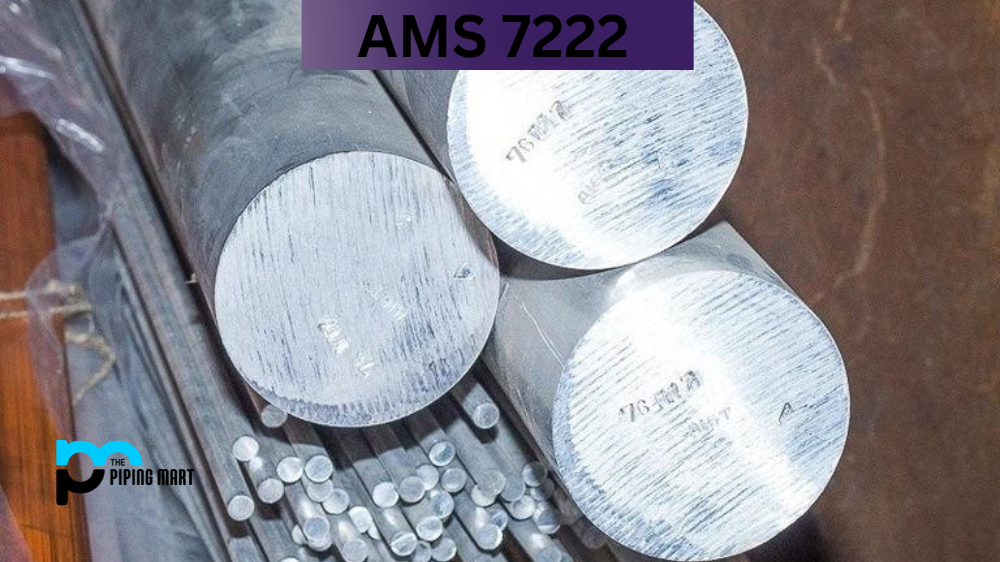AMS 4209 refers to a steel alloy used in the aerospace industry for its high strength and corrosion resistance. It is often used in landing gear shafts, hydraulic tubing, and other aircraft components. This alloy comprises various materials that give it its unique strengths and properties. This article will delve into the composition of AMS 4209, its physical and mechanical properties, hardness, heat treatment, and uses.
What is AMS 4209?
AMS 4209 may not be a term on everyone’s radar, but it’s an important standard affecting many industries worldwide. Also known as “Nadcap Accreditation AC7108/18,” AMS 4209 is a set of guidelines and requirements for using sealant materials in aerospace applications. These materials are critical for ensuring that aircraft can withstand extreme environments during flight. Using the right type of sealant can make the difference between a successful mission and a catastrophe. As such, AMS4209 is a crucial standard for anyone involved in aerospace manufacturing or maintenance, and understanding its requirements is essential to ensuring safety and reliability in the aviation industry.
AMS 4209 Composition
AMS 4209 is a steel alloy that comprises nickel, chromium, molybdenum, and boron. It also contains smaller amounts of carbon, manganese, silicon, phosphorus, sulphur, and iron. The alloy is melted and refined to produce a homogeneous product that meets stringent aerospace requirements. The refining process helps to enhance the alloy’s strength and resistance against corrosion and fatigue.
AMS 4209 Physical Properties
The physical properties of AMS 4209 include a density of 7.83 g/cm³, a melting point of 1399°C, and a boiling point of 2945°C. It has a thermal conductivity of 18 W/m.K and a coefficient of thermal expansion of 10.1 µm/m.K. The alloy also has a relatively low coefficient of friction, making it useful for gears and other moving applications.
AMS 4209 Mechanical Properties
AMS 4209 exhibits high tensile strength, yield strength, and hardness. Its tensile strength is typically around 145 ksi, while its yield strength is approximately 125 ksi. Its hardness, measured by the Rockwell C scale, is typically 35 HRC. The alloy can also withstand high stresses and fatigue, making it ideal for use in high-performance aircraft.
AMS 4209 Uses
AMS 4209 is a popular material used in the aerospace industry. It is predominantly used in landing gear shafts, hydraulic tubing, gears, engine mounts, and other aircraft components. The alloy’s high strength and corrosion resistance make it well-suited for harsh environments and high-stress applications.
AMS 4209 Hardness
As mentioned earlier, the hardness of AMS 4209 is typically around 35 HRC. This is considered relatively high, making the alloy suitable for high-wear applications such as gears and other moving components. The alloy’s hardness also makes it less susceptible to wear and tear, increasing the lifespan of components made from it.
AMS 4209 Heat Treatment
AMS 4209 can be heat-treated to further enhance its strength and other properties. The alloy can be quenched and tempered to achieve the desired hardness level. It can also be subjected to a stress-relieving heat treatment to reduce internal stresses and improve performance.
Conclusion:
AMS 4209 is a steel alloy with unique physical and mechanical properties that make it ideal for use in the aerospace industry. Its high strength and resistance to corrosion make it suitable for use in harsh environments and high-stress applications. The alloy’s composition, physical and mechanical properties, hardness, and heat treatment options all significantly determine its performance. Overall, AMS 4209 is a popular material for aircraft components due to its strength, durability, and reliability.

Abhishek is a seasoned blogger and industry expert, sharing his insights and knowledge on various topics. With his research, Abhishek offers valuable insights and tips for professionals and enthusiasts. Follow him for expert advice on the latest trends and developments in the metal industry.




